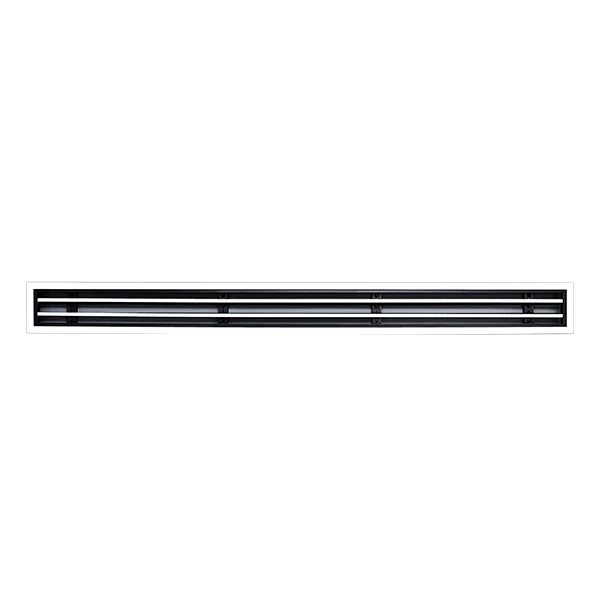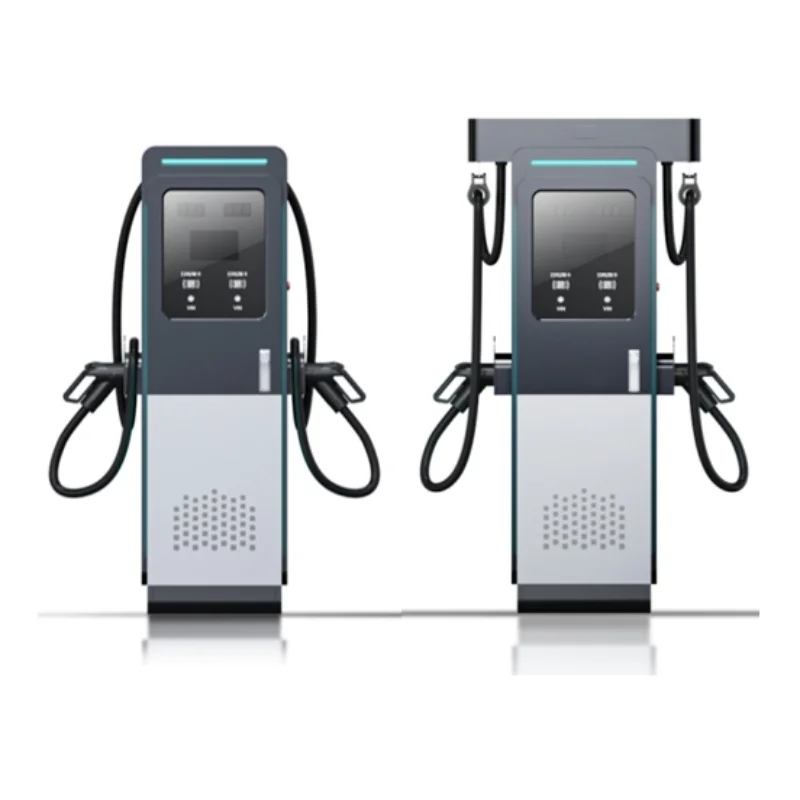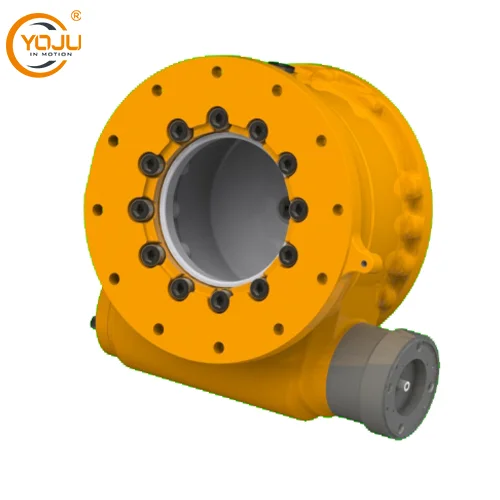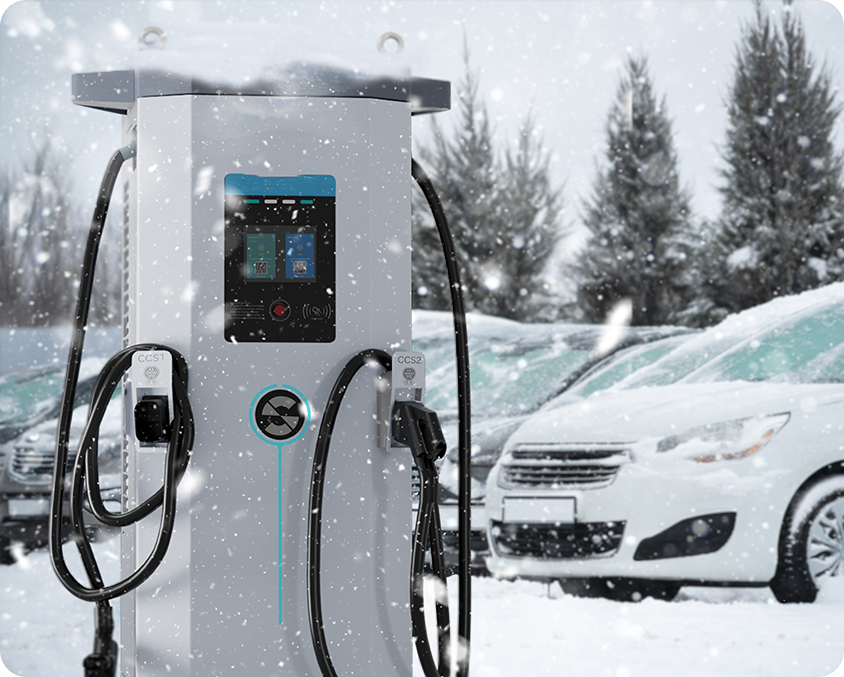In today’s world, the quality of the air we breathe indoors is often overlooked, yet it plays a crucial role in our overall health and well-being. With increasing urbanization, industrial activities, and the use of various household products, indoor air can become contaminated with a range of toxic substances. This article delves into the methods and tools available for testing toxic air in your home, empowering you to take proactive steps towards ensuring a safe living environment.
Understanding Indoor Air Quality (IAQ)
Indoor Air Quality (IAQ) refers to the condition of the air within and around buildings, particularly as it relates to the health and comfort of occupants. Poor IAQ can lead to a variety of health issues, including respiratory problems, headaches, and fatigue. Common indoor air pollutants include volatile organic compounds (VOCs), carbon monoxide (CO), radon, mold spores, and particulate matter.
Why Testing for Toxic Air is Essential
Testing for toxic air is essential for several reasons:
- Health Risks: Prolonged exposure to indoor air pollutants can lead to chronic health issues, including asthma, allergies, and even long-term neurological effects.
- Awareness: Identifying the presence of harmful substances can help you understand the sources of pollution in your home, allowing for targeted remediation efforts.
- Preventive Measures: Regular testing can help you maintain a healthy living environment, especially for vulnerable populations such as children, the elderly, and individuals with pre-existing health conditions.
Methods for Testing Toxic Air
- DIY Air Quality Test Kits
One of the most accessible methods for testing indoor air quality is through DIY air quality test kits. These kits are available at home improvement stores and online. They typically include:
- VOCs Test Strips: These strips can detect the presence of volatile organic compounds in the air. Simply expose the strip to the air for a specified period and compare the color change to the provided chart.
- Radon Test Kits: Radon is a colorless, odorless gas that can seep into homes from the ground. Test kits can be placed in your basement or other areas for a few days to measure radon levels.
- Mold Test Kits: These kits allow you to collect air samples to identify mold spores. They often include petri dishes that you leave open for a specified time to capture spores.
- Professional Air Quality Assessment
For a more comprehensive analysis, hiring a professional air quality assessor is recommended. Professionals use advanced equipment and techniques to measure a wide range of pollutants, including:
- Gas Chromatography: This technique separates and analyzes compounds in the air, providing detailed information about VOCs and other harmful gases.
- Particulate Matter Sensors: These devices measure the concentration of particulate matter (PM2.5 and PM10) in the air, which can originate from various sources, including cooking, smoking, and outdoor pollution.
- Thermal Imaging: Used to identify areas of moisture and potential mold growth, thermal imaging can help pinpoint sources of indoor air pollution.
- Continuous Monitoring Systems
For ongoing air quality management, consider installing continuous air quality monitoring systems. These devices provide real-time data on various pollutants, allowing you to track changes in air quality over time. Many systems can connect to your smartphone, alerting you to any spikes in toxic substances.
Interpreting the Results
Once you have conducted your tests, interpreting the results is crucial. Most DIY kits will provide guidelines on acceptable levels of pollutants. For professional assessments, you may receive a detailed report outlining the concentrations of various substances and recommendations for remediation.
Remediation Strategies
If testing reveals elevated levels of toxic air pollutants, several strategies can help improve your indoor air quality:
- Ventilation: Increase airflow in your home by opening windows and using exhaust fans. Consider installing an energy recovery ventilator (ERV) for more efficient air exchange.
- Air Purifiers: Invest in high-efficiency particulate air (HEPA) purifiers to capture airborne particles and allergens. Some purifiers also include activated carbon filters to reduce VOCs and odors.
- Regular Cleaning: Dust and vacuum your home regularly to minimize dust, mold, and other allergens. Use a vacuum with a HEPA filter for best results.
- Source Control: Identify and eliminate sources of pollution, such as using low-VOC paints, avoiding smoking indoors, and properly storing chemicals.
Conclusion
Testing for toxic air in your home is a vital step towards safeguarding your health and enhancing your quality of life. By employing a combination of DIY kits, professional assessments, and continuous monitoring, you can gain a comprehensive understanding of your indoor air quality. Armed with this knowledge, you can implement effective strategies to mitigate risks and create a healthier living environment for you and your loved ones. Remember, the air you breathe is just as important as the food you eat—make it a priority to ensure it is safe and clean.







+ There are no comments
Add yours